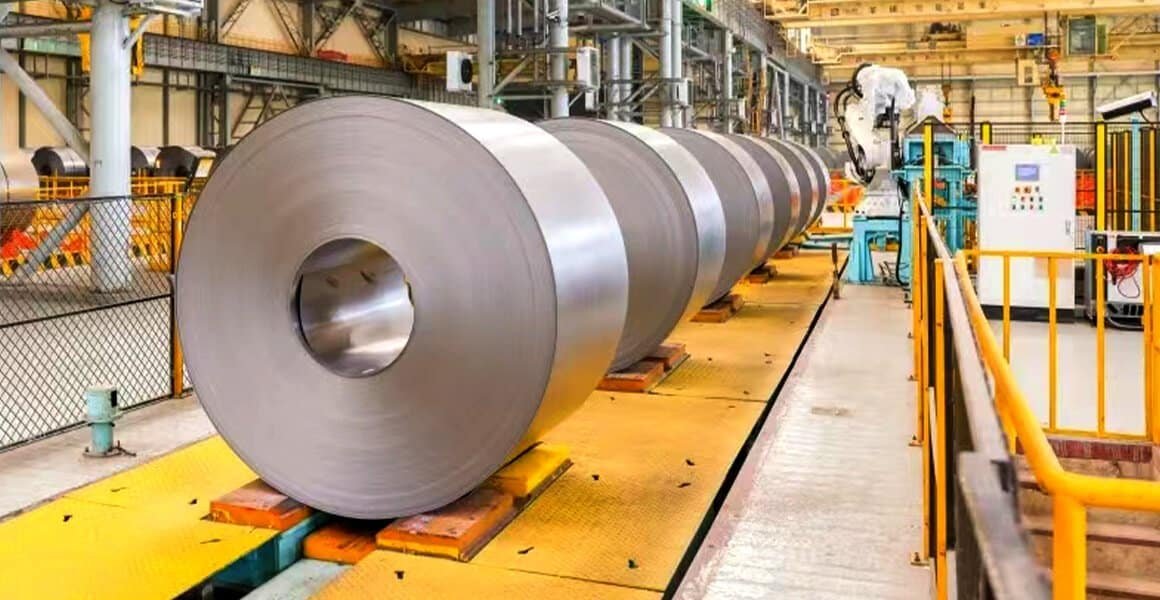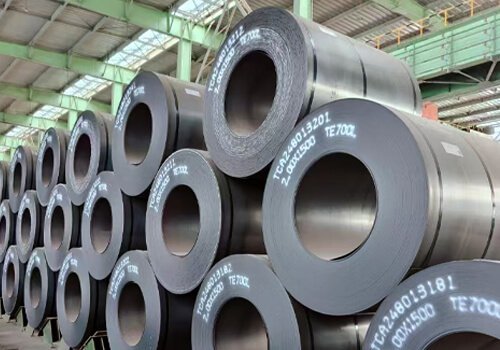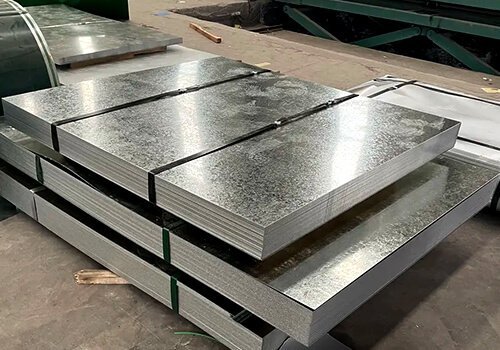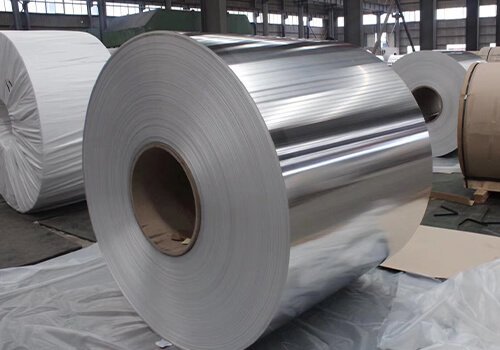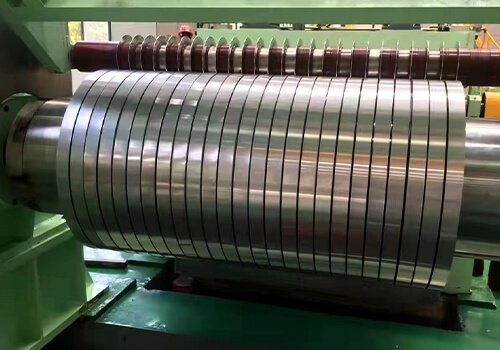Steel coils are essential in many sectors, but their many applications may surprise you. Wondering how these flexible items affect manufacturing and construction and what is steel coil used for?? Let us investigate their numerous applications.
Steel coils are essential for various industries like construction, automotive, and manufacturing. From carbon steel coil and galvanized steel coil to cold rolled steel, these products are used in everything from steel plate fabrication to welding cold rolled steel, providing durability and flexibility for a wide range of applications.
After introducing steel coils, let’s look at how they’re used throughout industries and why they’re so crucial for manufacturing.
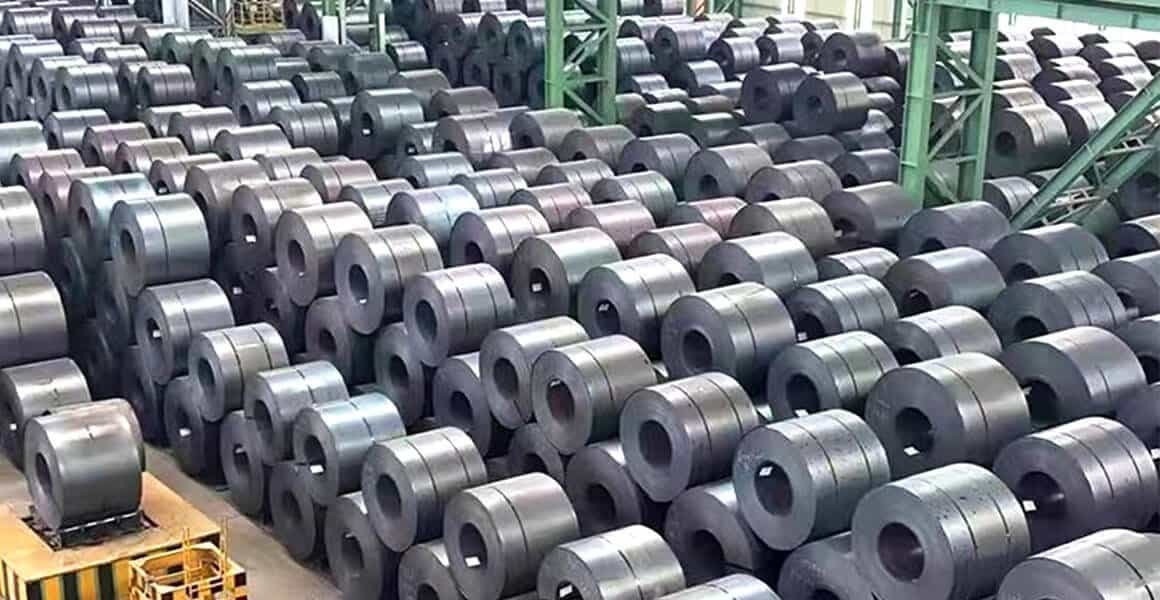
What Industries Use Steel Coil?
Steel coils are widely utilized across numerous sectors because of its strength, flexibility, and capacity to tolerate varied climatic conditions. Some industries that employ steel coils include:
- Construction: Steel coils, namely steel plates and steel sheets, are used in construction to create structural components. These items are utilized to construct building structures, bridges, roofing systems, and even concrete reinforcing bars. Cold rolled steel is an excellent choice for precise building applications due to its high durability.
- Automotive Manufacturing: Steel coils are often used in the automotive industry to manufacture car parts such as chassis, body panels, and structural components. These parts are often manufactured of cold rolled steel or hot rolled steel, depending on the strength and flexibility requirements. Steel coil sheets are valued in the automobile industry because of their ability to withstand stamping, bending, and welding procedures while maintaining structural integrity.
- Appliances: Galvanized steel coils are widely utilized in the manufacture of domestic appliances such as refrigerators, washing machines, and air conditioners. The zinc coating on galvanized steel coil protects against corrosion, making it perfect for long-lasting, moisture-resistant goods.
- Furniture: Cold rolled steel is commonly used in the manufacture of steel furniture, such as file cabinets, workstations, and shelving units. This type of steel offers both strength and a smooth appearance, making it ideal for commercial and household furniture designs.
- Packaging: Steel coils are used in the packaging sector to make cans, containers, and steel drums. Steel wire coils are vital in the production of various packaging materials, since they provide both flexibility and durability in the finished product.

How Is Steel Coil Used in Construction?
Steel coils are used in various building procedures because of their durability and adaptability. Steel coils are generally uncoiled and cut into steel plates or steel sheets for structural element manufacture. These elements may comprise beams, columns, or concrete reinforcing materials. Hot rolled steel is commonly used to fabricate big structural components such as I-beams, but cold rolled steel is favored for applications that need accuracy and flawless finishing.
Furthermore, pre-painted steel coil suppliers provide coated steel goods required for attractive architectural applications such as roofing panels, siding, and cladding. These pre-finished items save time during installation while providing a consistent, high-quality finish. Steel coil dimensions vary depending on the individual requirements of each project, and careful consideration of steel coil weight is critical for shipping and installation.
Galvanized steel coils are very useful in the construction sector due to their corrosion resistance, making them ideal for external and weather-exposed applications such as roofing, fence, and exterior cladding.

Why Is Steel Coil Important in Automotive Manufacturing?
Steel coils are essential in the automobile industry for manufacturing the many components that comprise a car. Cold rolled steel is used to make car bodywork, chassis, and many interior components, providing a good blend of strength and lightweight qualities. The capacity to mold and form steel coil sheets into complicated patterns is critical for manufacturing vehicle structural parts.
Steel coil weight is also a significant consideration in the car sector. Lightweight steel is preferred for increased fuel economy and overall performance. For example, hot rolled steel is commonly used in structural elements where more weight is acceptable, but cold rolled steel is favored for exterior body panels that must be lightweight and durable.
Furthermore, welding cold rolled steel is a typical procedure in car manufacture, where precise joins and seamless structures are essential for safety and performance. Steel coils are also utilized in the manufacture of numerous automotive components such as exhaust systems, engines, and chassis.
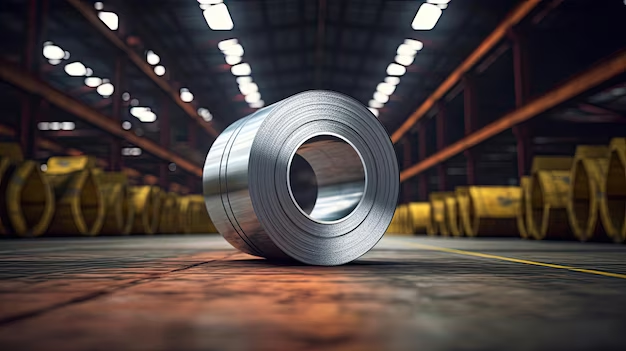
How Is Galvanized Steel Coil Different from Regular Steel Coil?
The fundamental difference between galvanized steel coil and normal steel coils is the protective zinc coating given to galvanized steel. This coating protects the steel from rust and corrosion, which is critical for applications involving moisture, such as outdoor construction, roofing, and automobile production.
Galvanized steel coils are more resistant to corrosion than standard carbon steel coils, which rust more easily without extra coatings. Galvanization increases the durability of steel items and reduces the need for maintenance.
Regular steel coils, on the other hand, may be less expensive in some applications where severe circumstances are low or a protective coating may be applied separately. Galvanized steel coil manufacturers offer a variety of goods with varying zinc coating thicknesses to satisfy the unique requirements of industries that require corrosion-resistant materials.
What Factors Affect The Price of Steel Coil?
Raw Material Costs: The price of raw materials such as iron ore and scrap metal is a significant factor in determining the cost of steel coils. costs for completed steel products change in tandem with raw material costs.
Manufacturing Process: The differences between hot rolled steel and cold rolled steel lead to price discrepancies. Cold rolled steel prices tend to be higher because to the more complicated manufacturing and additional finishing steps required during manufacture.
Demand and Supply: Steel coil sheet prices are influenced by supply and demand dynamics in industries such as construction, automotive, and manufacturing. Prices normally rise as demand rises, and drop when demand falls.
Transportation & Logistics: Due to the weight and bulk of steel coils, shipping them may be expensive. Large amounts of metal coils are frequently transported using specialist equipment and logistics, which might have an impact on the ultimate price.
Market Conditions: Global trade barriers, political instability, and economic conditions all have an influence on steel prices, especially the steel coil price per ton. For example, changes in foreign trade rules or supply chain shortages might drive up costs.

Can Steel Coils Rust?
Yes, steel coils can rust if left exposed to moisture and oxygen for an extended period of time. Carbon steel coils are especially prone to corrosion if not properly coated or kept. Galvanized steel coils, on the other hand, are coated with zinc to prevent corrosion, making them perfect for outdoor or moisture-exposed applications.
Steel coils should be kept dry and handled with caution to avoid corrosion. Steel coil weight is another element to consider while storing and transporting coils, since poor stacking can cause surface damage and hasten rust formation.
Are Steel Coils Heavy?
The weight of steel coils varies according on their size, kind, and thickness. As a result of the refined finishing process, cold rolled steel is often lighter than hot rolled steel. Steel coil weights can range from a few hundred pounds to several tons, with bigger coils need specialized handling equipment such as cranes or forklifts. Steel coils are often delivered on flatbed trucks, with suitable fastening systems in place to ensure their safety during travel.
Handling steel coils needs knowledge to avoid accidents, since their weight and bulk can pose major dangers during loading and unloading. Proper lifting methods and safety equipment are critical for avoiding accidents and maintaining safe operations.

Why Is Steel Transported in Coils?
Steel is delivered in coils to minimize damage and improve handling. The coiled shape protects the steel from external elements such as moisture and grime, ensuring its integrity until it reaches its destination. Steel coil dimensions are defined for simplicity of transport and efficient loading and unloading.
Coiling steel allows businesses to convey huge volumes of material without taking up too much room. Metal coils are more compact and easy to store, making them suitable for both local and international shipment. Once the coils arrive at their destination, they can be uncoiled and processed into sheets or plates as required.
How Are Steel Coils Loaded?
Loading steel coils is a meticulous procedure that often involves cranes, forklifts, or automated gear. Steel coils are transported using flatbed trucks or shipping containers. The coils must be securely fastened to avoid movement during shipment, which might result in steel coil accidents.
Another consideration while loading is the steel coil temperature, which can expand or contract depending on the temperature. Keeping the coils handled and kept at the proper temperature minimizes damage and ensures the product’s quality.
Summary
Steel coils are essential in sectors including construction, automotive, and manufacturing. Their adaptability and durability make them indispensable for generating high-quality goods. Please contact us immediately for further information.

